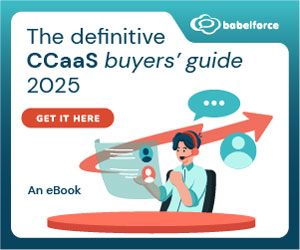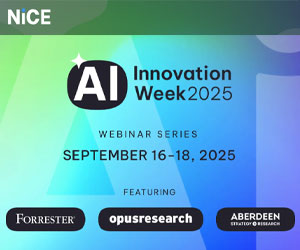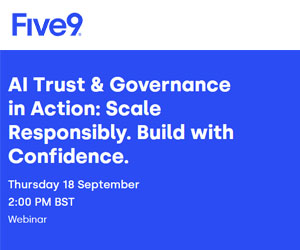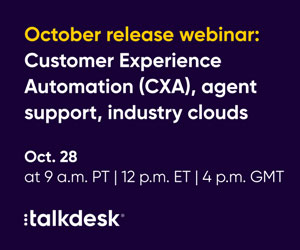I am apprehensive about my industry. Having worked in Customer Experience since 2002, I may be too much of a purist.
However, for a while now, I have been writing about the decline and dilution of the discipline of Customer Experience.
From changing titles but not behavior to a poor understanding of what customers want, the trends are troublesome.
My concerns only grow as we roll into 2018. I can sum it up with two examples.
Example #1: Relabeling Rather Than Revamping
While in conversation at a conference where I was speaking, I asked someone what he did for a living. He said he was in Customer Experience. However, after probing further, I learned he was in market research a year ago and changed his job title. I asked if the organization was doing anything different than a year ago. They were not. Herein lies the problem:
People are adding Customer Experience to job titles and projects but are not making fundamental changes to improve the customer’s experience.
The Customer Experience discipline has grown over the years. Many people jumped on the bandwagon and like my friend in market research, changed their job titles. However, they are not doing anything different than in the past. The danger is that relabeling positions or projects without revamping the experience to have a customer focus creates the perception that Customer Experience efforts are ineffective. If you consider the sheer number of Customer Experience jobs and then compare it to the improvements made, the results suggest that Customer Experience does not warrant the resources devoted to it.
People jumping on the bandwagon do not understand what it takes to improve Customer Experience. They think covering up the problem with a new title or new corporate speak will solve the issue, like a band-aid. They view the Customer Experience from a rational perspective. They do not want to rock the boat and affect change in their organization, or they are willing to, but their bosses are not.
Only the other day I presented to a once-great organization, much like Kodak and Blockbuster. (Yes, there are a few Blockbuster stores still operating as of April 2017, although mostly in Alaska, and one has a funny Twitter Account!). I explained how Customer Experience could be part of the solution to turn around the organization to the senior team.
However, from where I am sitting, infighting, politics, lack of vision, risk aversion and an overall a lack of leadership makes this organization destined to sink into oblivion. Despite senior managers supporting improvements in Customer Experience, in theory, the reality is they don’t. Sadly, in my view, this lack of support is not uncommon and is the main reason for many failures in Customer Experience projects.
Example #2: Seeking Silver-Bullet Systemic Solutions
The second area diluting the discipline of Customer Experience is systems. Our bigger, better, faster, stronger business environment believe in methods that can be reproduced and commoditized. Human nature dictates our desire to keep it simple. Systems strategy plays into our natural instincts. In other words, we naturally seek a simple answer to solve our problems.
Business is about supply and demand. When a need exists, business-minded organizations supply it. As a result, many system designers position their Customer Experience improvement system/solution as THE answer. I don’t blame these companies; as a business-minded chap myself, I would do the same. Herein lies the second problem:
The reality is that there is no silver bullet, one-size-fits-all solution for Customer Experience.
Different industries, different companies, and even different Customer Experience delivery channels all have different challenges—and different customer expectations. Two companies might have matching overarching concepts behind the design and goals regarding the Customer Experience outcome they want to provide but use day-to-day actions and details with radical differences built in to achieve it. It is impossible to have one silver-bullet solution for improving Customer Experience that any business can “plug and play” to improve the organization’s outcome.
Despite the reality that systems are not the answer, companies have big budgets and swamp the market with promises of having the answer to all your Customer Experience woes. When the silver-bullet solution misses the mark, it erodes the message of the entire Customer Experience discipline as a worthy focus for an organization seeking to remain competitive in a global marketplace.
Okay, so I acknowledge that I am more invested in Customer Experience than most people. I believe without question that putting the customer at the center of everything you do as an organization is the key competitive battleground in business today. I know that investing in Customer Experience is a worthwhile and profitable effort. It is why I feel frustrated by these poor trends in my industry.
Customer Experience is more than printing a new business card while doing business as usual. Also, no ONE answer, one-size-fits-all solution to Customer Experience shortcomings exists. Understanding both of these concepts is the way to strengthen the Customer Experience discipline and more importantly, build a competitive differentiator that will genuinely give your bottom line a Happy New Year.
Author: Guest Author
Published On: 11th Jan 2018 - Last modified: 16th Jan 2018
Read more about - Archived Content




























